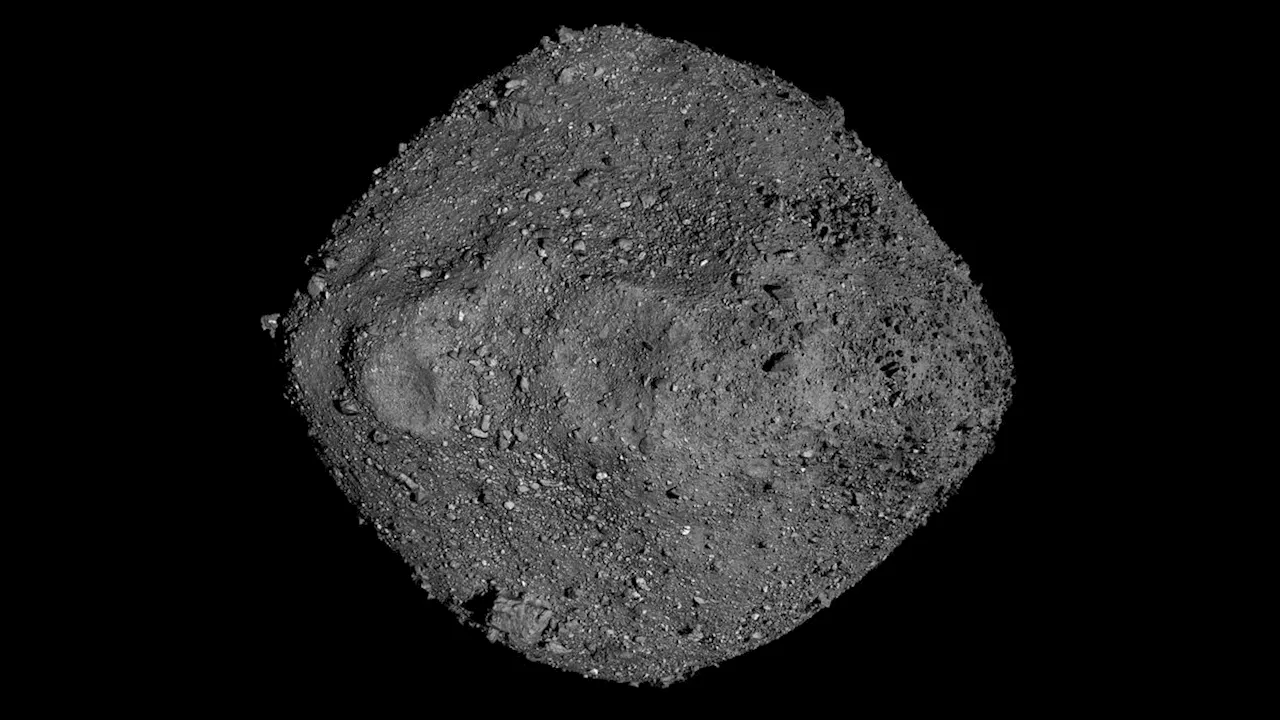Monisha Ravisetti is Space.com's Astronomy Editor. She covers black holes, star explosions, gravitational waves, exoplanet discoveries and other enigmas hidden across the fabric of space and time. Previously, she was a science writer at CNET, and before that, reported for The Academic Times.
Jam packed issues filled with the latest cutting-edge research, technology and theories delivered in an entertaining and visually stunning way, aiming to educate and inspire readers of all agesThere are 20 amino acids that create the proteins required for life on our planet — and scientists have now found exactly 14 of them on an asteroid millions of miles away. The asteroid in question, named Bennu, was the focus of a very dreamy NASA mission called OSIRIS-REx that launched in 2016.
For instance, scientists identified evidence of a salty brine, or"broth," with traces of 11 minerals rich in sodium carbonate, phosphate, sulfate, chloride and fluoride.Breaking space news, the latest updates on rocket launches, skywatching events and more!Receive email from us on behalf of our trusted partners or sponsors
The OSIRIS-REx team says this suggests Bennu — or at least the parent asteroid from which Bennu is believed to have broken off — must have once existed in the colder, outer regions of space because ammonia is a volatile substance. For ammonia to exist in salt form, the environment must be cold.
"I have to admit, I was a little disillusioned or disappointed," Glavin said."I felt like this had invalidated 20 years of research in our lab and my career. But I mean, here's the thing: This is exactly why we explore. This is why we do these missions, right? If we knew everything in advance, we wouldn't need to do an OSIRIS REx to bring these samples back."There are a few things worth noting when it comes to the novelty of OSIRIS-REx.
"The bottom line is we have a higher confidence that the organic material we're seeing in these samples are extraterrestrial and not contamination," Glavin said."We can trust these results."
United States Latest News, United States Headlines
Similar News:You can also read news stories similar to this one that we have collected from other news sources.
 Asteroid Bennu Samples Reveal Clues to the Origins of LifeNASA's OSIRIS-REx mission has delivered samples from asteroid Bennu, which contain the building blocks for life and may have played a role in its emergence on Earth.
Asteroid Bennu Samples Reveal Clues to the Origins of LifeNASA's OSIRIS-REx mission has delivered samples from asteroid Bennu, which contain the building blocks for life and may have played a role in its emergence on Earth.
Read more »
Organic Molecules Found in Comets and AsteroidsThe discovery of organic molecules in comets and asteroids by missions like Rosetta, Hayabusa2, and Osiris-Rex provides insights into the building blocks of life in the solar system.
Read more »
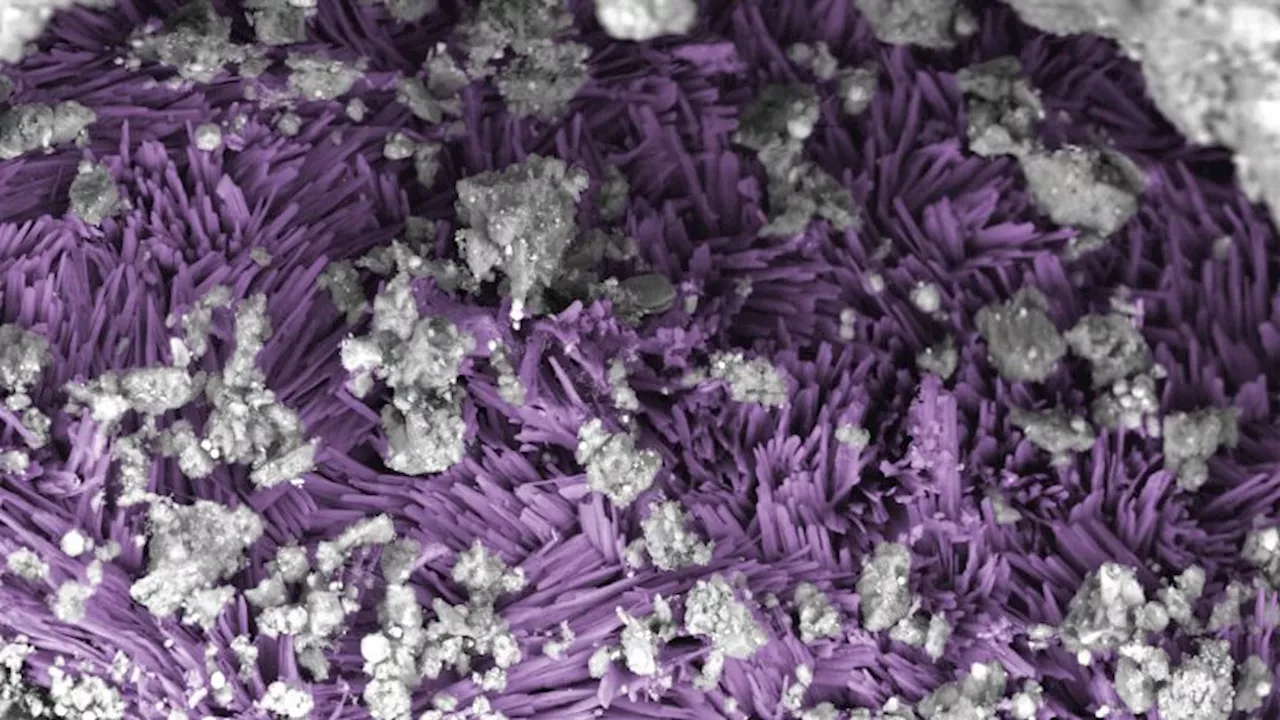 Unprecedented asteroid samples contain organic compounds and minerals crucial to life, scientists sayScientists have detected organic compounds and minerals necessary for life in the samples collected by the OSIRIS-REx mission from a near-Earth asteroid named Bennu.
Unprecedented asteroid samples contain organic compounds and minerals crucial to life, scientists sayScientists have detected organic compounds and minerals necessary for life in the samples collected by the OSIRIS-REx mission from a near-Earth asteroid named Bennu.
Read more »
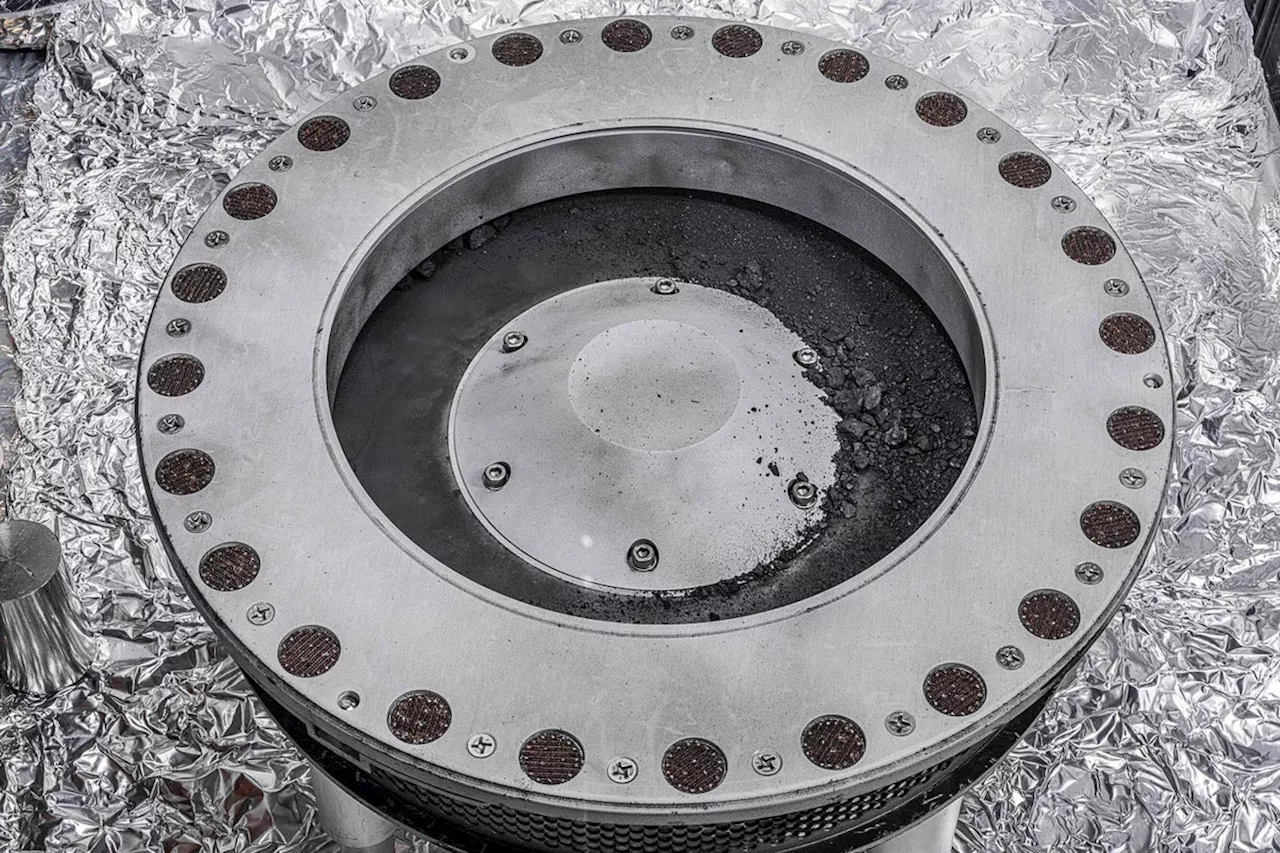 Bennu Asteroid Samples Reveal Widespread Building Blocks of Life in Early Solar System.Analysis of material from asteroid Bennu by NASA's OSIRIS-REx spacecraft reveals the presence of organic compounds, including amino acids and nucleotide bases, indicating that the fundamental building blocks of life were abundant in the early solar system.
Bennu Asteroid Samples Reveal Widespread Building Blocks of Life in Early Solar System.Analysis of material from asteroid Bennu by NASA's OSIRIS-REx spacecraft reveals the presence of organic compounds, including amino acids and nucleotide bases, indicating that the fundamental building blocks of life were abundant in the early solar system.
Read more »
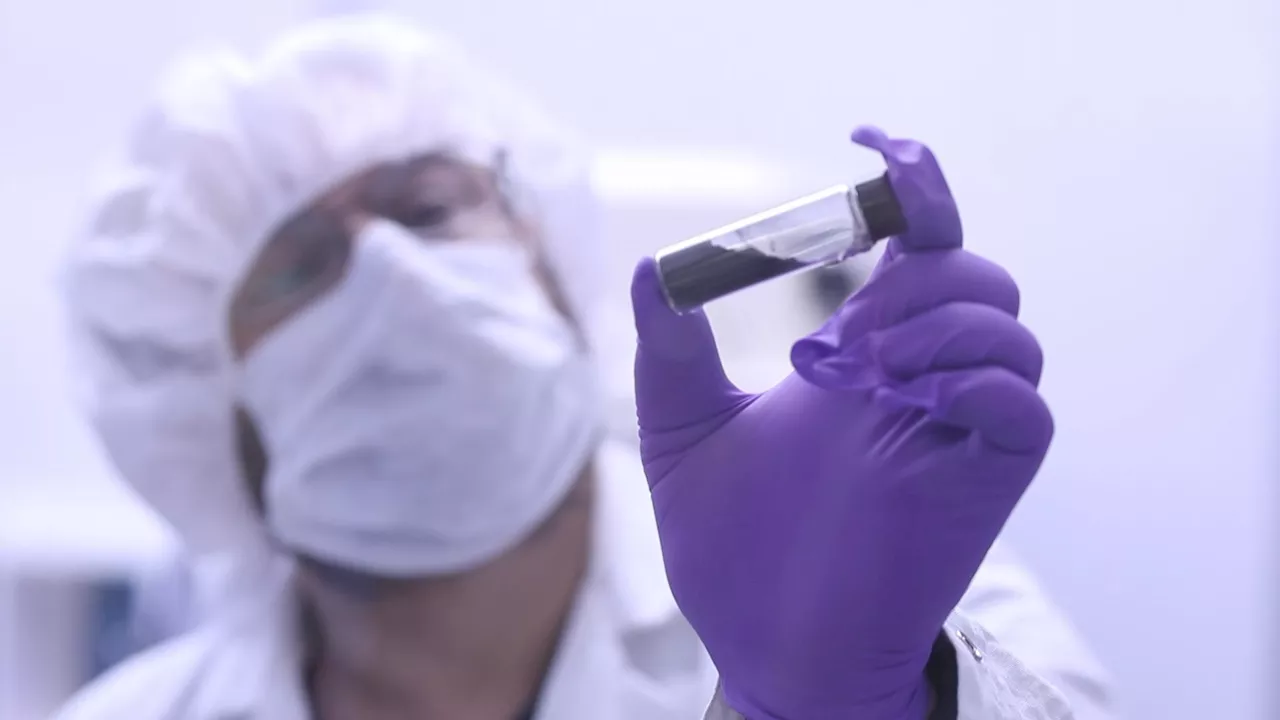 Asteroid Bennu Sample Reveals Molecules Key to Life and Evidence of Ancient SaltwaterNASA's OSIRIS-REx mission delivered samples from asteroid Bennu to Earth in 2023. Analysis of these samples revealed molecules essential for life on Earth, including amino acids and nucleobases, as well as evidence of ancient saltwater environments. These findings suggest that the conditions necessary for the emergence of life were widespread in the early solar system, increasing the odds of life forming on other planets and moons.
Asteroid Bennu Sample Reveals Molecules Key to Life and Evidence of Ancient SaltwaterNASA's OSIRIS-REx mission delivered samples from asteroid Bennu to Earth in 2023. Analysis of these samples revealed molecules essential for life on Earth, including amino acids and nucleobases, as well as evidence of ancient saltwater environments. These findings suggest that the conditions necessary for the emergence of life were widespread in the early solar system, increasing the odds of life forming on other planets and moons.
Read more »
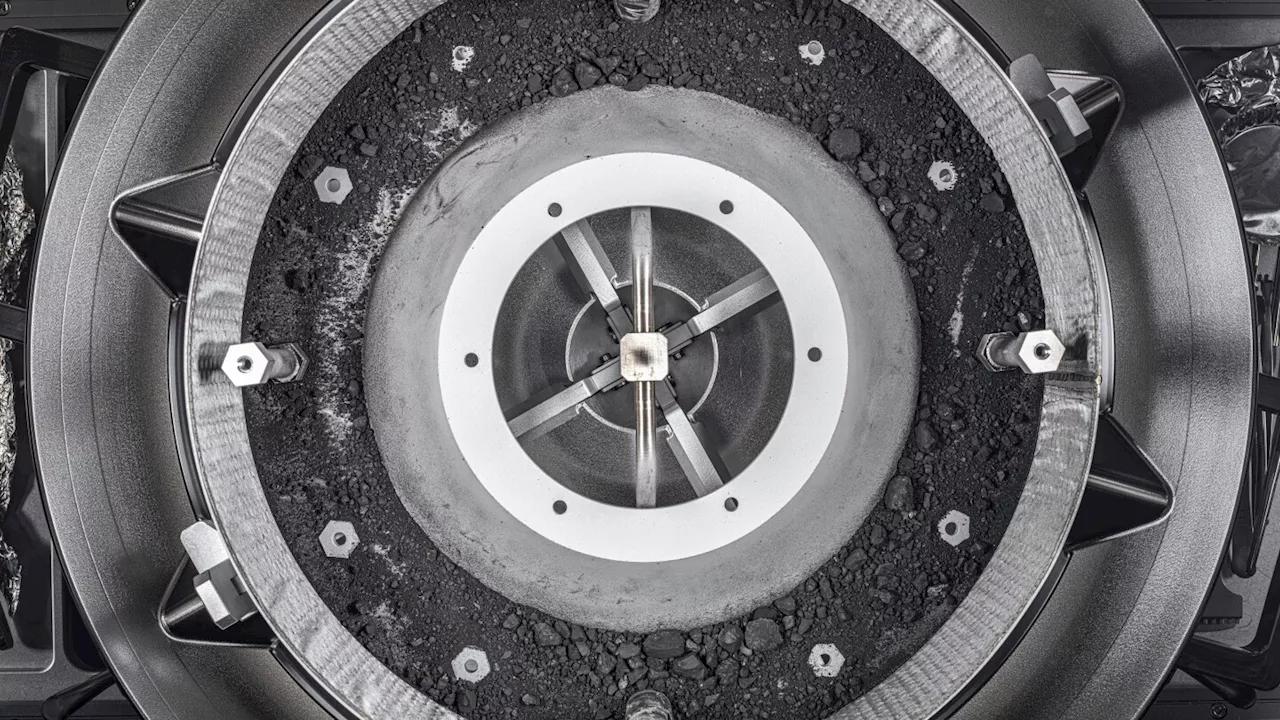 Asteroid Samples Reveal Secrets of Ancient Water World and Possible Origins of LifeNASA's OSIRIS-REx mission has delivered samples from asteroid Bennu, revealing evidence of an ancient water world and the potential building blocks for life. Scientists are analyzing the samples to understand the early solar system and the possibility of life beyond Earth.
Asteroid Samples Reveal Secrets of Ancient Water World and Possible Origins of LifeNASA's OSIRIS-REx mission has delivered samples from asteroid Bennu, revealing evidence of an ancient water world and the potential building blocks for life. Scientists are analyzing the samples to understand the early solar system and the possibility of life beyond Earth.
Read more »
